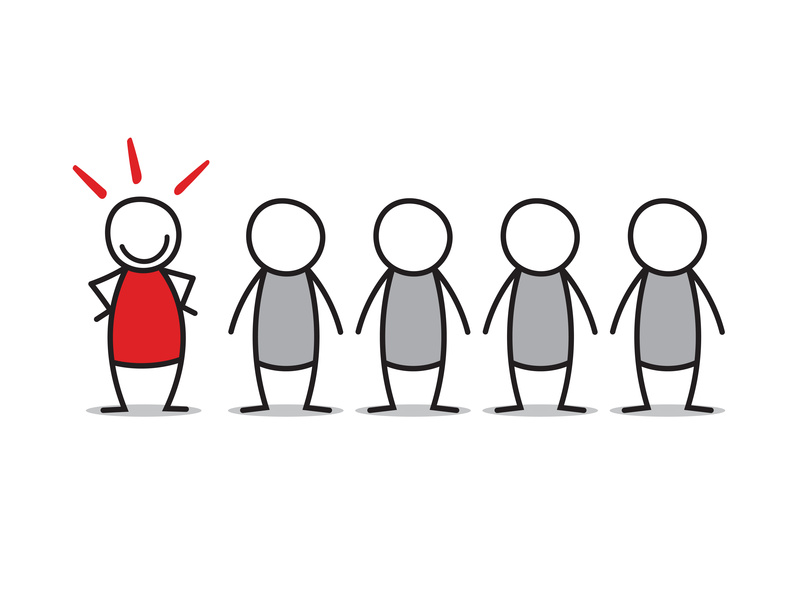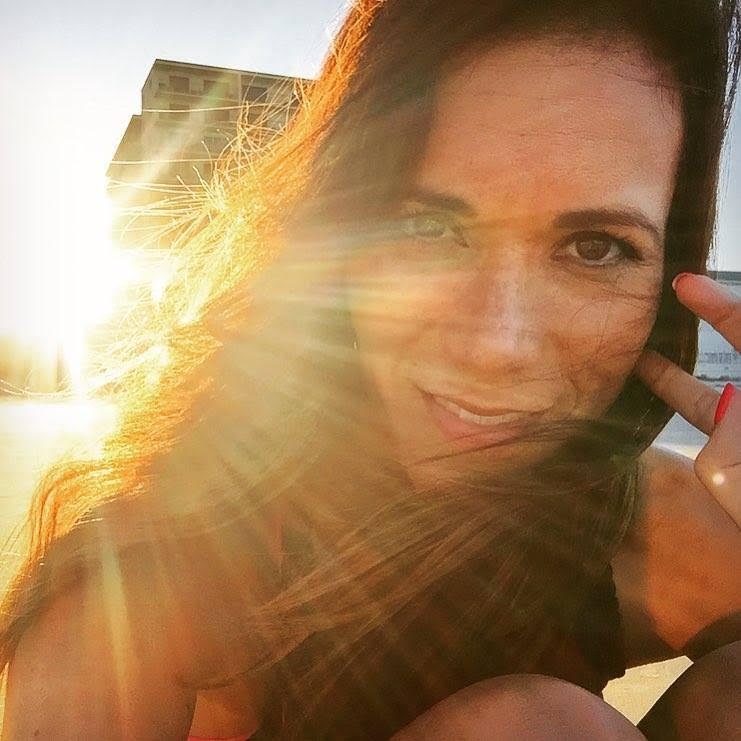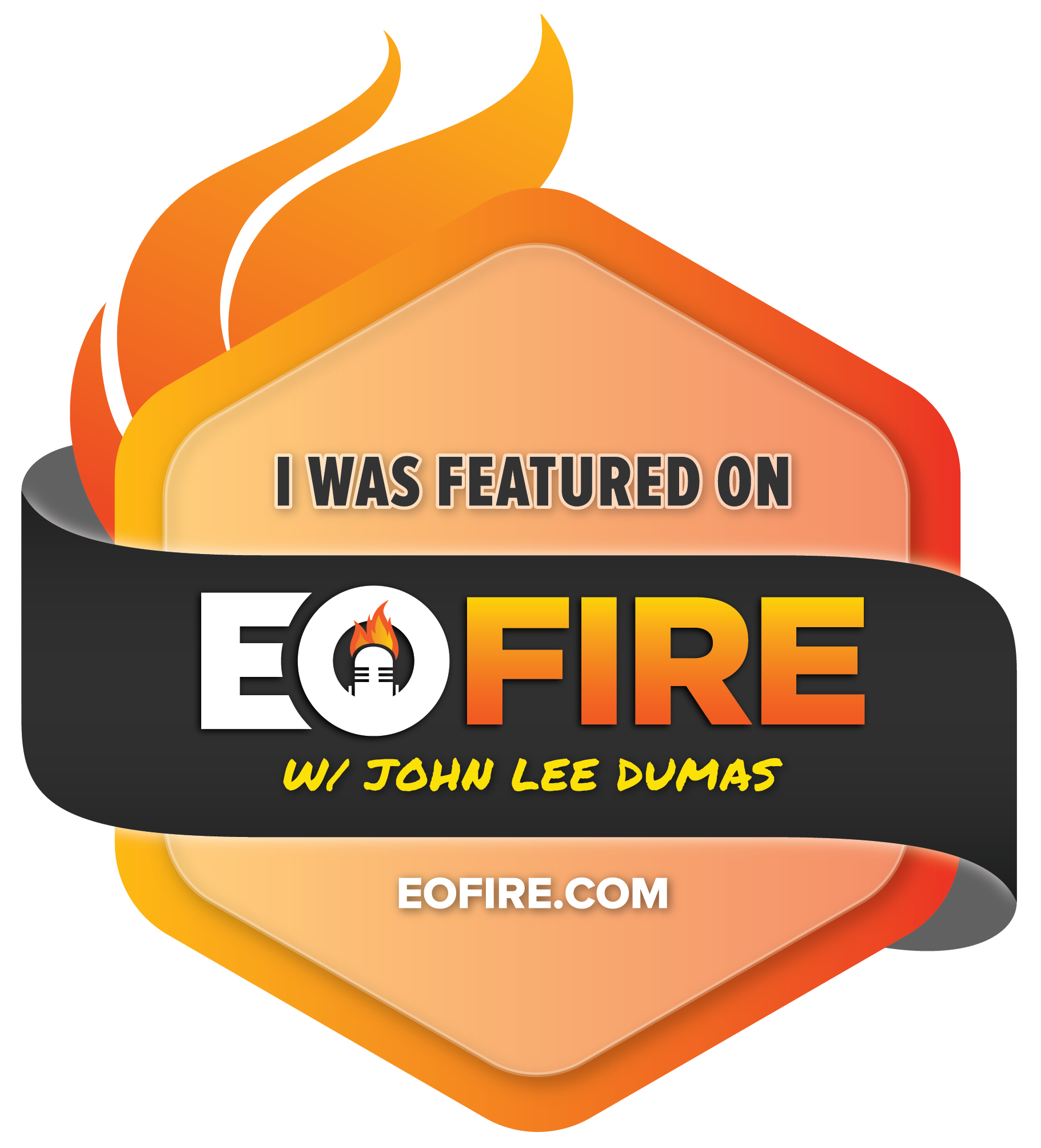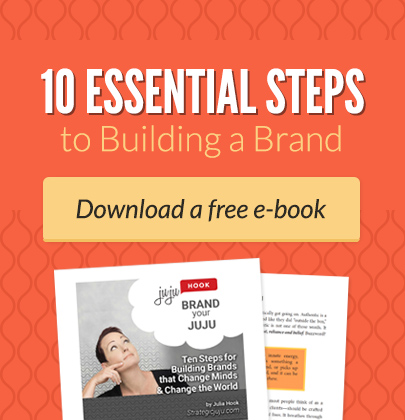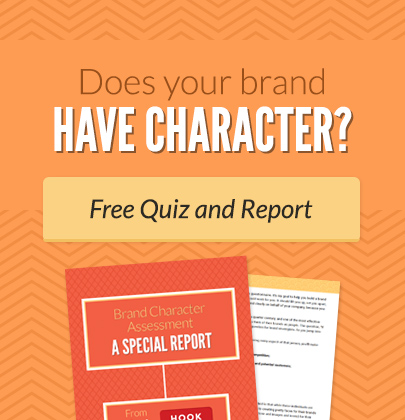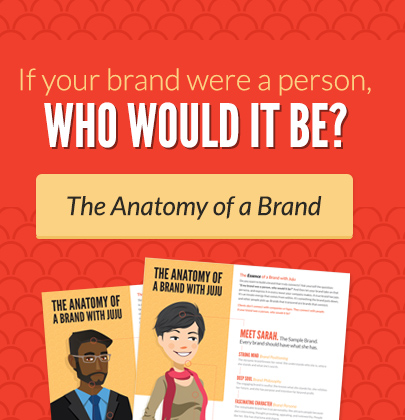Most of us are pretty checked out on how to build love relationships. We begin by anxiously scheduling that first date. Then, over dinner, bowling, or Frisbee golf (depending on how cheap of a date we are), we share our hopes, dreams, beliefs, and values. If they jibe with our companion for the evening, we set that next date. Over time, we build a real relationship, based on the things we share.
As it turns out, we’re not quite so checked out on how to build relationships with our customers. In fact, we often don’t even make it through the first date. That’s because we focus on the transaction; we’re 100% wrapped up in getting to “yes.” But when we convince someone to buy our product, download our content to opt in to our list, or sign up for our webinar, we’ve done nothing more than schedule that date. The part where we share beliefs and values, and build real connection? Screw that. We’ve already moved on to the next potential “yes.”
Imagine what your love life would look like if you constantly scheduled dates, and then never really showed up. It would be a social shit show.
Trust me, the same holds true with your business life. If you want to attract customers and keep them over the long-haul, you have to start thinking about what happens after the transaction. You have to show up, share, and connect.
And one of the best ways to create real connections with your prospects and customers – the kind that lead to healthy, long-term relationships – is to utilize a Dream 100 strategy.
With the Dream 100, you create a list of 100 influencers who share your beliefs and values. Then maximize those relationships to add value to the lives of your customers, followers, fans, or prospects.
For the past two days, I’ve been going super deep into the Dream 100 strategy. First I introduced the what and why (click here to read that), and then I explained just how to provide value to your Dream 100, in order to get noticed (click here to read that).
Today I want to talk about how to utilize the Dream 100 strategy to create lasting connections with your clients – about how to add real value to the lives of people you should care deeply about.
7 Ways to Spread the Love Using Your Dream 100 Strategy
1. Teach.
Give a man a fish, blah, blah, blah… Teach a man to fish and yada yada. It’s the truth, my friend. You will create lasting and enduring relationships by empowering your audience through teaching. I’m doing it right now. I’m showing you how to do a thing. Step-by-step. Bit-by-bit. And here’s the super cool part: it’s not MY thing. I learned it from Russell Brunson (who’s in my Dream 100). And he learned it from Chet Holmes.
I didn’t make this shit up. But I did put my own spin on it. I “private labeled” it with one of my deepest core beliefs: that true connection is created through shared values. Now, you can take these teachings, give credit to me and the greats who came before me, and pay them forward to your audience.
The lessons you’ll provide will have an astounding effect on the recipients. Efficacy – the ability to produce a desired or intended result – is one of the most valuable gifts you can give. And giving is integral to the development of real relationships.
Word to the wise: Don’t skip the “give credit” step when you share the teachings of your Dream 100. And if you’re sharing information that you bought from your Dream 100 – info that’s not available for free to the public – you need to get permission before you do so. Credit and permission are critical in order for the Dream 100 strategy to work. Aside from that, it’s illegal and slimy to plagiarize. So don’t even think about it.
2. Curate.
Curation is underrated. Don’t miss out on an easy-peasy-lemon-squeezey tactic for real and lasting connection. What is curation? It’s the selection, collection and archiving of digital assets. In other words, you pick up stuff from your Dream 100, and you pass it on to your customers, holding it in a well-organized space (like your blog or a social page) for easy access.
What’s the value in that? If I’m part of your audience, I don’t have to search all the hell over the place to get information on something that’s meaningful to me.
Meaningful. That’s the ticket. Everything about my Dream 100 strategy links back to the concept that we create real connections by sharing values and beliefs. So, if you believe in clean oceans, you curate content about the cause. And when I hit your site, if I ALSO care about clean oceans (which makes us fast friends), I can find a bunch of stuff right there in one place, and I can sit back with a cold one, takin’ it all in.
Here’s the best part: once I KNOW that you care about clean oceans, and once I know that you’re gonna curate good shit for me, I’ll keep coming back. ‘Cuz it’s easier for me to rely on you than to do it myself. And that means you’ve done me a big, fat, favor. BAM. Friends do favors for one another. Curation doesn’t rack up as many points as helping someone move, but it’s up there on the list.
3. Motivate and Inspire.
Sometimes I wonder if I’m good enough. There. I just said it out loud. When I have this feeling, I go out in search of motivation, inspiration, and validation. I go to women on my Dream 100 list, like Debbie Phillips of Women on Fire. Debbie lights me up. She lights up thousands of women. And because she does, I pay a membership fee, every month, to have access to her motivational goods.
Debbie understands that by inspiring, motivating and validating me, she does me a service, and she creates a long-term relationship with me, rooted in shared values. I trust Debbie. I like Debbie. I agree with Debbie…. Debbie and me? We’re like THIS.
Debbie is in my Dream 100. Who’s in her Dream 100? I can only imagine. Last month she interviewed Gloria Steinem. It was a “holy shit” moment for me. Gloria Steinem??? So, you see, Debbie is further along than me. Her Dream 100 is full of movers and shakers who operate in a whole different realm than I do. And she shares that with me. She lifts me up. She sets me straight. She provides me with the hope and confidence I need to see myself in that realm, too. She puts me on a trajectory for happiness and success.
Use your Dream 100 to motivate your audience. Give them power. Give them hope. Lighten their loads. Brighten their days. Make them laugh. Make them cry. Share your successes, so they can see their own in the future.
4. Entertain.
My friends are super entertaining. I love their stories, their jokes, their viewpoints. Time just flies by when I’m hanging out with them. And I look forward to the next time I can see them or talk to them. I cherish them, in part because I associate them with such good times.
If you’re going to make friends with your prospects and customers, they should feel the same way about you. So entertain them. Share things from your Dream 100 that fill their time in an easy and joyful way. Connect over something you like. It doesn’t have to be goofy cat videos (Although it certainly can be. Who am I to say you shouldn’t have goofy cat video producers in your Dream 100?)
Fun is, well… fun. So don’t take yourself, or your Dream 100 so seriously all the damn time.
5. Enhance financial or personal wellness.
One of my favorite wishes for people I love is, “Be well.” Wishing another well is the ultimate in values-based connection. It matters to me that the ones I love are well: financially, spiritually, physically, mentally. And you can easily pass on information from your Dream 100 to enhance wellness in the lives of those you love most: your customers.
There are all kinds of ways to do this. Interview your Dream 100 members about their higher purpose or their beliefs, and pass the info along. Share best practices of your Dream 100. Show yourself, and your Dream 100, in real life. (Snap Chat is an amazing resource for this, by the way.) Create quick tips, advice, quotes, short stories… anything that will help your tribe to “be well.”
This is by no means an exhaustive list. But it should certainly get you moving in the right direction.
As you can see, sharing info from your Dream 100 facilitates real connections on so many levels. It elevates relationships. It moves you past the initial “yes” of the transaction, well into that first date, and far beyond.
They say, “Sharing is caring.” And I find, very often, that THEY are some pretty smart cookies.
If you’d like to work with me in creating your own Dream 100, and writing a strategic plan to positively influence their worlds and those of your prospects, reach out to me a julia@strategicjuju.com. I’ve got a package for you that’s an absolute dream.



